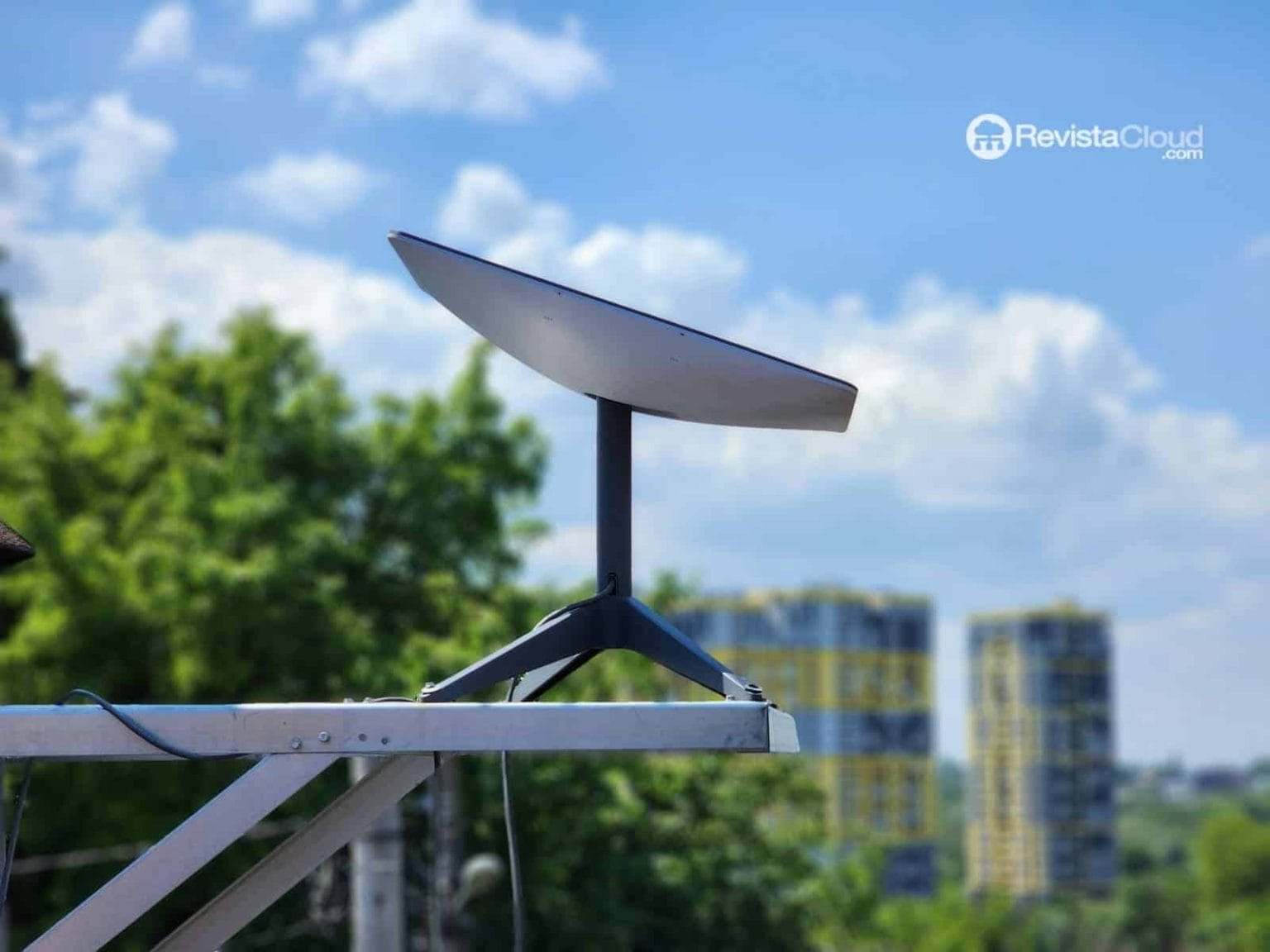High-speed, low-latency internet access is a challenge in many parts of the world, especially in rural areas or places with limited infrastructure. Starlink, the satellite internet service from SpaceX, has revolutionized this landscape by providing fast connections from space. However, latency remains a key factor for service quality, and minimizing it requires a combination of ground infrastructure and technological advancements.
How Starlink Works in Each Country
Starlink operates using a constellation of low Earth orbit (LEO) satellites, which are in constant motion and communicate signals with ground terminals located in homes, businesses, or vehicles. The system consists of three main components:
- Starlink Satellites: They orbit the Earth at an altitude of approximately 550 km, significantly reducing latency compared to traditional geostationary satellites, which operate at around 35,000 km altitude.
- User Terminal (Dishy): Each user needs a special satellite dish that connects with the nearest satellites to send and receive data.
- Ground Stations or Teleports: Key infrastructure connected to global fiber optic networks, allowing the signal’s travel time to be reduced before reaching the internet.
Starlink is available in over 60 countries, with its coverage continuing to expand. However, its performance and latency depend heavily on the supporting infrastructure in each region.
The Role of Ground Stations in Reducing Latency
One of the most important factors in optimizing Starlink’s latency is the use of ground teleports, which act as access points to the global fiber optic infrastructure.

How Do Ground Stations Help Reduce Latency?
- Direct Connection to the Ground Network: Ground stations are connected to high-speed fiber optic networks, allowing data to avoid traveling entirely through space.
- Reduction of Hop Count: Rather than relying solely on satellites to transmit signals over long distances, ground stations ensure that data quickly transitions from the satellite network to the ground infrastructure.
- Strategic Location: Starlink locates ground stations in key regions to minimize the distance between users and the nearest access point to the fiber optic network.
Where Are Starlink Ground Stations Located?
Starlink ground stations are distributed across several countries and continue to expand. Some of the most notable include:
- North America: United States (California, Texas, Washington), Canada (Ontario, Quebec)
- Europe: Spain, Germany, France, United Kingdom
- Latin America: Brazil, Mexico, Chile, Argentina
- Oceania: Australia, New Zealand
- Asia: Japan, Philippines, India (in the process of implementation)
In countries where there are no nearby ground stations, data must travel through more satellites before reaching a ground node, which increases latency.
Strategies to Further Reduce Latency in the Future
Starlink has already achieved average latencies of 25-50 ms, comparable to many fiber optic connections, but SpaceX continues to work on improvements.
1. Implementation of Laser Links Between Satellites
One of the most promising innovations is inter-satellite laser communication, which allows data to travel directly between satellites without touching down at ground stations. This will reduce latency in regions without nearby ground infrastructure.
2. Expansion of Ground Station Network
SpaceX continues to build more ground stations to optimize connectivity and reduce dependence on long satellite routes. Countries currently reliant on ground stations in other nations could greatly benefit from local infrastructure.
3. Optimization of Packet Routing
Starlink’s traffic management software continues to improve to determine the fastest and most efficient routes for data transmission, ensuring optimal response times.
Conclusion: Can Starlink Achieve Latencies Similar to Fiber Optics?
While Starlink will never completely replace fiber optics in terms of minimum latency, its advances in infrastructure and technology make it a viable alternative for rural areas and regions with limited traditional connectivity. With the expansion of ground stations, development of inter-satellite laser links, and improvements in routing, it is likely that Starlink’s latency will decrease even further in the coming years, offering a smooth and high-speed browsing experience globally.

